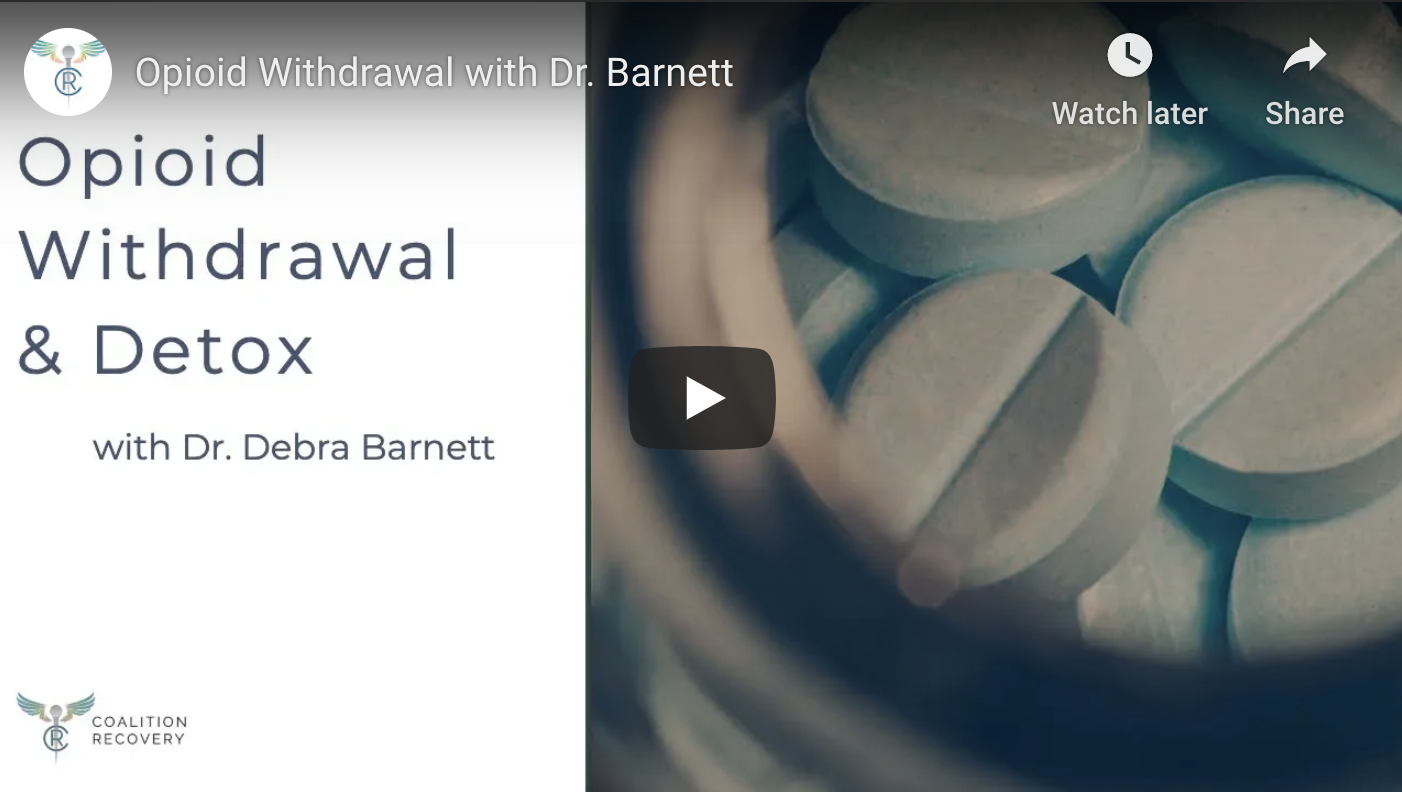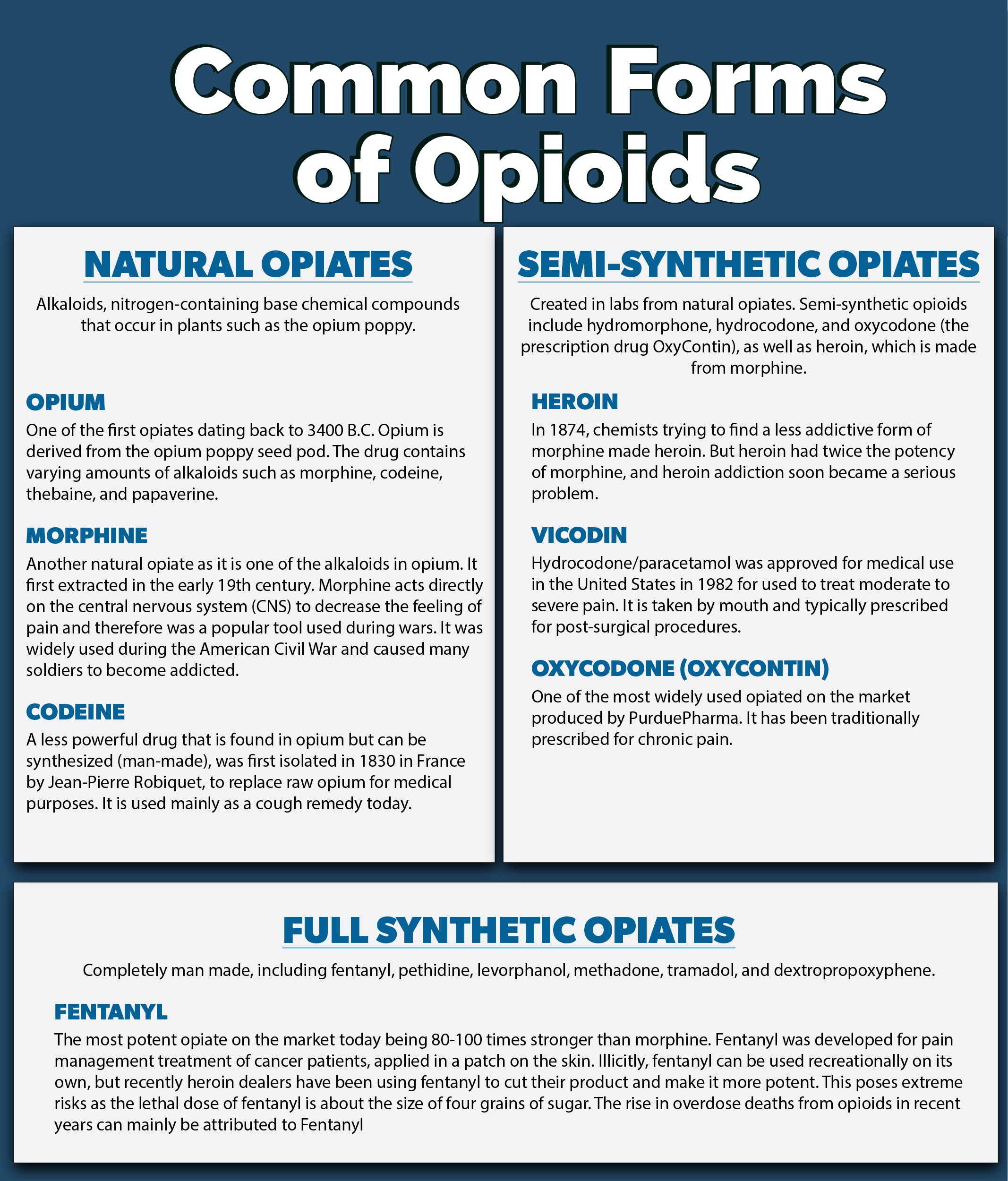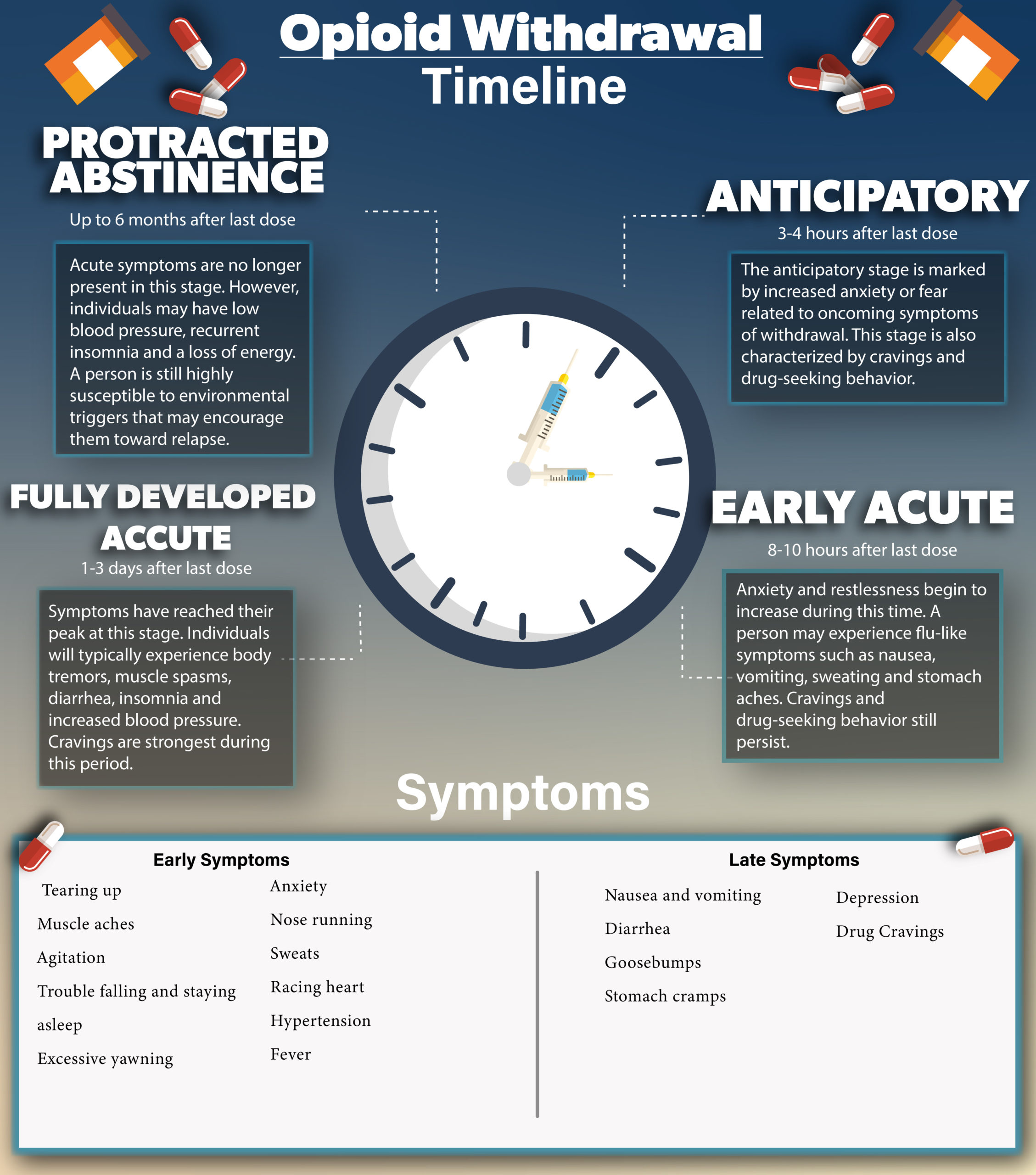Call now to get started!
We provide the support you need to rebuild your life.
Reach out to our team today at 888.707.2873.
Reach out to our team today at 888.707.2873.
 Opioids are psychoactive chemicals that occur naturally in the resin of the poppy plant or can be made in a laboratory. They work by binding to opioid receptors in the central and peripheral nervous system and the gastrointestinal tract. Within the last few decades, there has been an alarming uptick in prescription opiates as well as opioid overdoses. The combination of overprescribing and the addictiveness of these drugs has created an epidemic in America. We wish to be an answer to this overwhelming problem first by helping as many people as we can through addiction education, but also by setting a standard in modern opioid treatment. We have seen great success through our program by using one simple but effective rule: find what works and stick to it.
Opioids are psychoactive chemicals that occur naturally in the resin of the poppy plant or can be made in a laboratory. They work by binding to opioid receptors in the central and peripheral nervous system and the gastrointestinal tract. Within the last few decades, there has been an alarming uptick in prescription opiates as well as opioid overdoses. The combination of overprescribing and the addictiveness of these drugs has created an epidemic in America. We wish to be an answer to this overwhelming problem first by helping as many people as we can through addiction education, but also by setting a standard in modern opioid treatment. We have seen great success through our program by using one simple but effective rule: find what works and stick to it.
Often, people are caught up in how treatment programs should look and less about how it should be. Coalition Recovery has collaborated with countless other treatment facilities to find out what has been successful for them. We have created a program that encompasses what we believe is a truly comprehensive and effective rehabilitation program.

Opioids have been around for thousands of years. Opium, which is derived from the flowering opium poppy plant, is one the first opiates used by some of the earliest forms of human civilization and was traditionally used for medicinal purposes like pain relief. The drug was used recreationally but the addictive effects were unclear. Opioid forms have evolved since, but no matter what new form it takes, the addictive effects continue to linger.

Every day, more than 130 people in the United States die from opioid overdoses. The Centers for Disease Control and Prevention estimates that the total “economic burden” of prescription opioid misuse alone in the United States is $78.5 billion a year, including the costs of healthcare, lost productivity, addiction treatment, and criminal justice involvement. On October 26, 2017, President Trump announced that his administration was declaring the opioid crisis a national public health emergency under federal law. Since then there have been policies set in place to limit the number of opioids prescribed, an urge to push towards alternative methods for pain, and a congruent database displaying patients previous prescription history.
So how did we get here? Historically, opioids (mainly heroin) have been popular for medical and recreational purposes for centuries, but it wasn’t until opiates like morphine were used during the American Civil War that the government finally enacted policy change. The 1914 Harrison Narcotics Act regulated and taxed the production, importation, and distribution of opiates and coca products. This marked a turning point as medical professionals would not revert to a favorable view of such drugs until the 1970s.
The Federal Drug Administration (FDA) approved Lortab in 1982, Vicodin in 1983, MS Contin in 1987, and Percocet in 1999. Fentanyl was first introduced in 1959 and in the 1990s the fentanyl patch was introduced and used for chronic pain involved with cancer. The current opioid epidemic was sparked when Purdue Pharma created Oxycontin, an oxycodone-based painkiller. The company deployed misleading marketing campaigns that masked the addictiveness of the drug and marketed it for a variety of conditions. These marketing campaigns skyrocketed their prescription sales from 670,000 to 6.2 million in just a few years.
According to results from the National Survey on Drug Use and Health, nearly 92 million U.S. adults, or about 38 percent of the population, took a legitimately prescribed opioid like OxyContin or Percocet in 2015. In 2016, health care providers across the US wrote more than 214 million prescriptions for opioid pain medication—a rate of 66.5 prescriptions per 100 people. During the same time, more than 11 million people abused prescription opioids.
Because painkillers are prescribed to almost everyone from cancer patients to wisdom teeth removal patients, the potential for opioid addiction can reach anyone no matter their social or financial status. When prescribed a prescription painkiller for chronic pain like back pain, the drug is ingested daily, therefore the development of dependence becomes inevitable. When people lose access to these medications due to a loss of medical insurance, for instance, they are left with either fighting through intense physical withdrawals or turning to the black market to supplement their medication. Often, these individuals switch to heroin as it is typically 10x cheaper than pain pills. While only 4% of prescription opiate users switch to heroin, 70% of heroin users started with prescription painkillers.
There was a time when opioid drug abusers were people of lower financial statuses or from a rural part of America, but not anymore. Today, people with opioid addictions have well-paying jobs, families, and all-around normal life stories. Opioid addiction does not discriminate. As a result of the changing demographics, many people who develop a dependence on the drug are afraid to reach out and find help due to the stigma surrounding a typical opioid drug abuser. According to SAMHSA, only 11% of people who have an opioid use disorder find help.

Opiate withdrawal can be a strong obstacle in overcoming addiction. Opiates leave the body’s system within two days, but depending on the drug, withdrawal symptoms begin within a few hours of use. Opioid withdrawals are extremely uncomfortable but unlike alcohol and benzodiazepines, withdrawals from opiates alone are not fatal. When combined with other drugs like alcohol, withdrawal symptoms can lead to life-threatening seizures.
To find out exactly what your withdrawal symptoms will look like, consult your doctor or a psychiatrist before discontinuing opiate usage. A professional doctor will be able to provide you with specific information on what to expect. They may recommend a detox program; at least for the first week; to safely and comfortably wean off of the opiate.
The opiate detoxification process typically depends on the type of opiate used and whether or not the opiate was used alongside other substances as well. The length of detox generally depends on how long a person has been taking the substance. For instance, an individual who has been prescribed Oxycontin for back pain the last 20 years will have a much higher tolerance to opioids, therefore having a much higher dependence on the drug, and ultimately much more severe withdrawal symptoms.
The detox process can be done an inpatient setting with 24-hour clinical monitoring and care. Opiate detox can now be done at an outpatient level as well (depending on the severity of use). This means that individuals may only require a check-in once a day to facilitate the necessary medications required and analysis of health and progress.

Our body creates a variety of opioids naturally called endogenous opioids. Endogenous opioids modulate our reactions to painful stimuli. They also regulate vital functions such as hunger and thirst and are involved in mood control, immune response, and other processes.
Opiates (the drugs that are consumed) act by attaching to specific proteins called opioid receptors, which are found on nerve cells in the brain, spinal cord, gastrointestinal tract, and other organs in the body. They act in the same way as endogenous opioids, but to a much higher degree. So, because opioids help with pain modulation, opiates can be used to help mitigate pain; but because opioids are also responsible for mood control, opiates have a two-fold effect of creating a euphoric feeling as well as managing pain. This euphoric feeling is the primary cause of addiction.
When a person ingests an opiate, this drug activates opioid receptors throughout the brain causing a rush of neurotransmitters like endorphins, dopamine, and serotonin, all responsible for reward and pleasure. These neurotransmitters typically release when we eat, have sex, and have fun; incentivizing us to want to do the things that make us human. When people feel these pleasurable feelings by simply taking a pill (and to a higher degree than normal) they begin to lose many of the everyday pleasures of life.
When a person uses opiates consistently, the brain becomes used to the influx of pleasure chemicals and starts to require more to feel the same effects, thus leading to potential drug abuse. For this reason, it is very common for individuals to develop depression and anxiety disorders due to the imbalance of natural chemicals in the brain. Often times, when people try to stop taking opiates, they not only feel the physical withdrawals from the drug but psychological ones as well. This is why medications to offset the physical and psychological withdrawals during detox at an opioid rehab can be very beneficial and effective.
People can become addicted to opioids in a variety of ways:
The function of prescription opiates is to relieve pain; unfortunately, they do more than that; opiates relax people and give people a sense of euphoria. For this reason, people who may not have intended to ever try drugs end up abusing them due to an injury. For this reason, opiate use disorders have spread across America and every demographic. Not everyone who takes opiates becomes addicted. A person’s environmental factors, genetics, and overall mental state have a large influence on whether an individual becomes addicted to opioids or not.
Learn more about opioids by checking out our blogs:
This means opioid use disorders are a mental health issue requiring professional medical help. Some people may find success in group therapy or counseling strictly, but to obtain the best chance for long term success, a combination of medications, therapy, counseling, and educational guidance is optimal for effective treatment. Contact Coalition Recovery today to learn more.